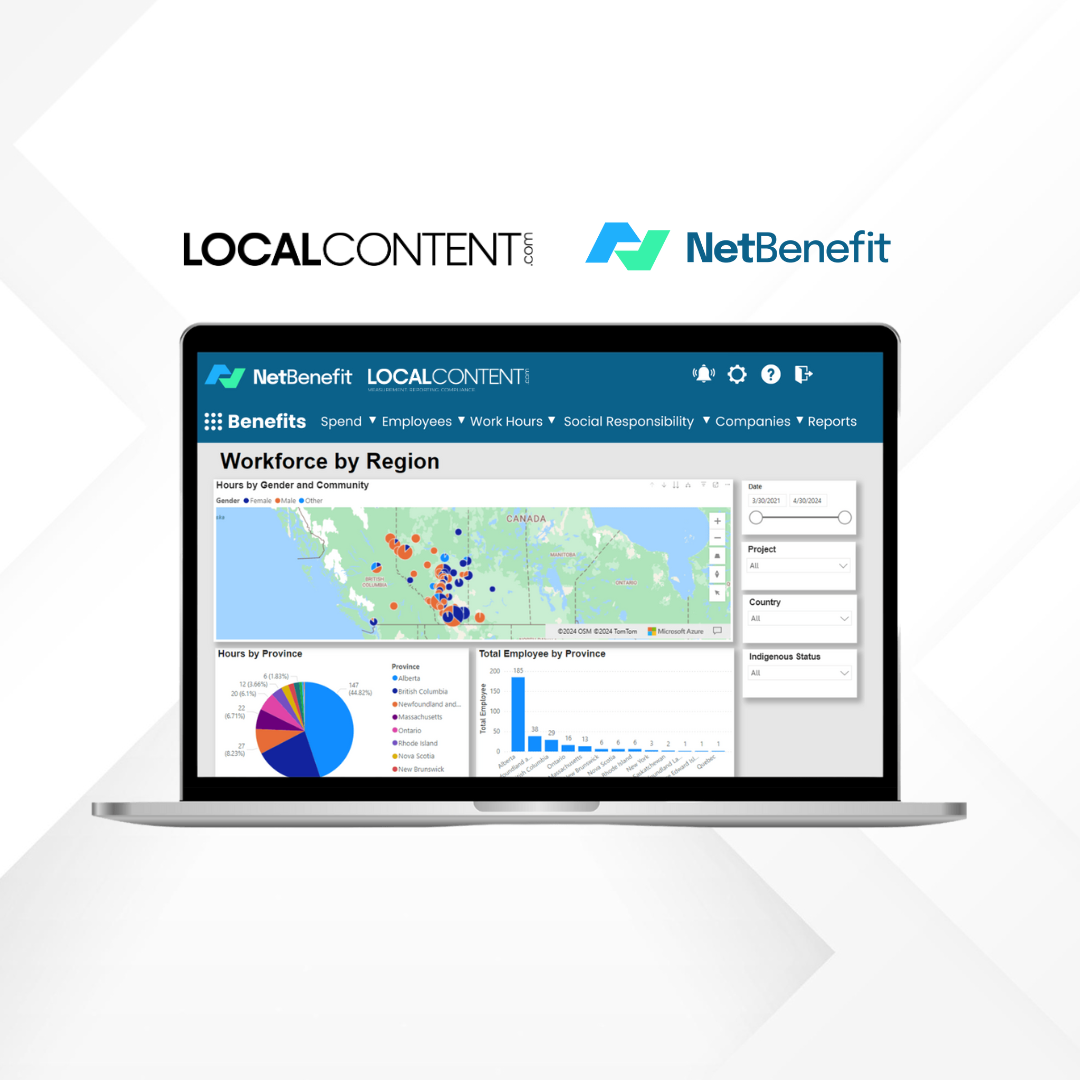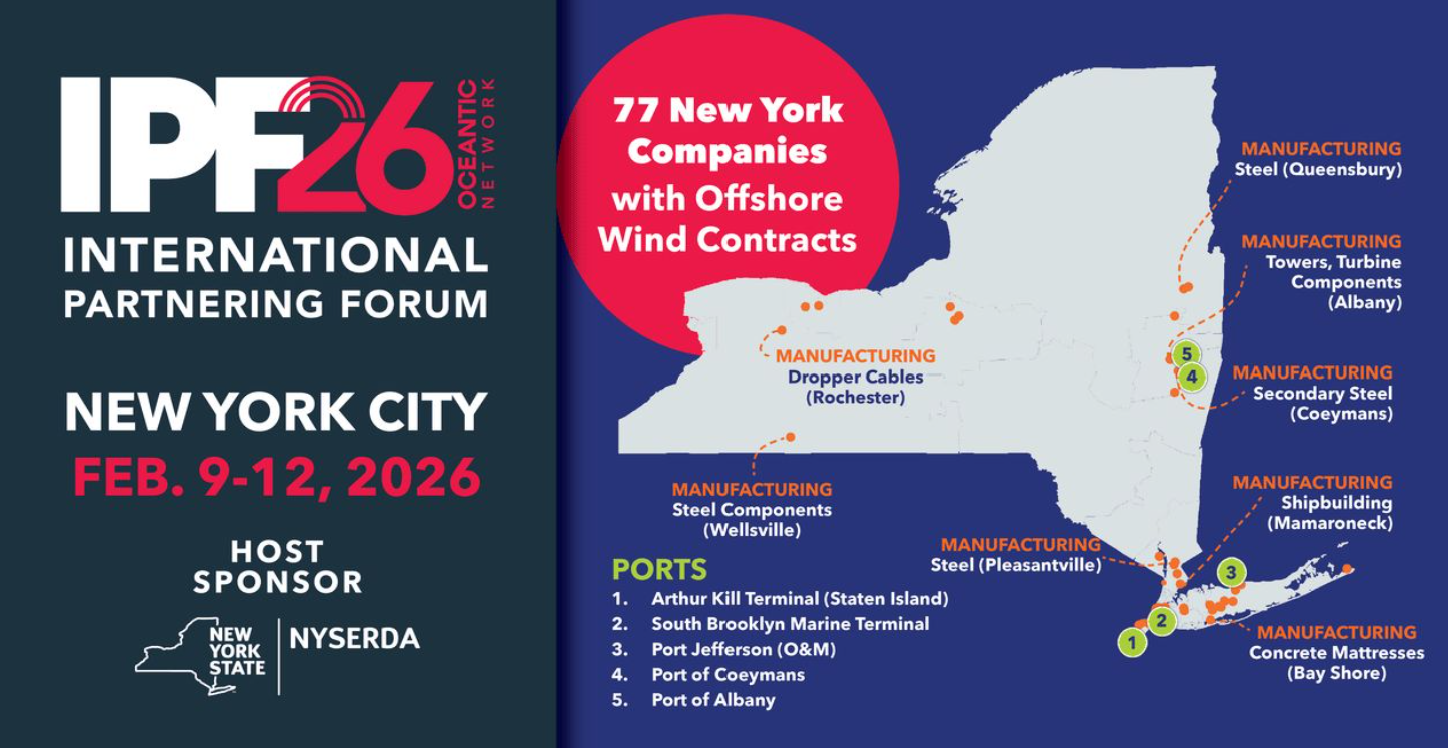Why Local Content is a Structural Advantage in Construction & Engineering
Local content policies are no longer just regulatory checkboxes—they’re competitive weapons in the global construction and engineering sector. These policies require or incentivize companies to hire local labor, procure from regional suppliers, and invest in community development. The result? More resilient economies, empowered workforces, and smoother project delivery.
Whether it’s major bridge-building, public housing, railways, or clean energy infrastructure, construction firms that align with local content mandates gain faster permitting, stronger stakeholder trust, and better access to public funds.
10 Powerful Examples of Local Content in Construction & Engineering
United States: The Infrastructure Investment and Jobs Act (IIJA)
- Mandates domestic content sourcing for federally funded infrastructure.
- Buy America provisions now apply to steel, iron, manufactured products, and construction materials.
- Example: The Hudson River Tunnel Project (Gateway Program) integrates small and minority-owned local subcontractors and trains local workers through public-private partnerships.
Canada: Community Benefits Agreements (CBAs)
- Ontario’s transit megaprojects use CBAs to ensure hiring from underrepresented groups and local vendors.
- Example: The Eglinton Crosstown LRT includes hiring targets for Indigenous people and local apprentices.
Mexico: Pemex and Urban Infrastructure
- National oil company mandates local engineering firms for oilfield infrastructure.
- Example: Dos Bocas Refinery construction used local civil contractors and materials, promoting domestic supply chains.
Latin America: Brazil’s PAC and Local Sourcing
- Brazil’s Growth Acceleration Program (PAC) emphasizes use of local companies and labor in housing, sanitation, and transport.
- Example: Minha Casa Minha Vida social housing program requires construction firms to hire locally and source 80% of materials domestically.
Africa: Nigeria’s Local Content Act
- Originally for oil/gas but expanded into civil works.
- Example: The Lagos Rail Mass Transit (Blue Line) project sources materials from Nigerian manufacturers and prioritizes local engineers.
Caribbean: Jamaica’s Infrastructure Development Program
- Public works projects incorporate local labor quotas and contractor engagement.
- Example: Southern Coastal Highway Improvement Project mandates participation of Jamaican contractors and engineers.
Asia-Pacific: India’s Make in India Construction Push
- Public works tenders require domestic manufacturing and design.
- Example: The Smart Cities Mission mandates city-level construction projects to use domestic technology, materials, and labor.
Europe: EU Green Deal and Regional Development Funds
- Funding conditioned on social/local benefit metrics.
- Example: Poland’s Urban Regeneration Projects require use of local SMEs and vocational training programs linked to public housing rehabilitation.
Middle East: Saudi Arabia’s Vision 2030
- Drives local contracting quotas and training programs.
- Example: Neom City Construction must meet Saudi labor participation thresholds and develop local construction supply chains.
Oceania: Australia’s Local Industry Participation Policy
- Construction tenders over a certain value require Local Industry Participation Plans (LIPPs).
- Example: Melbourne Metro Tunnel Project included strict targets for hiring local subcontractors and using regional products.
What the Data Shows: Why It Pays to Go Local
- 52% faster permitting when local content plans are integrated early (U.S. DOT, 2023)
- 35% increase in public support when community benefit agreements are disclosed (World Bank, 2024)
- Up to 25% funding bonus eligibility in countries with performance-based infrastructure incentives
- ower contractor risk ratings due to demonstrated local compliance, per major insurers
How Construction & Engineering Firms Can Align with Local Content Policy
- Get Certified: Use tools like the Local Content Certification™ to verify your readiness.
- Hire + Train Locally: Set workforce development targets early in project planning.
- Source from Local Suppliers: Build a regional procurement strategy for high-visibility wins.
- Partner with Local Governments and Institutions: Use community benefit frameworks to build trust.
- Report Transparently: Document and publish your local economic impact.
Construction is Local. Growth is Global.
The construction and engineering sector is being rewired by public policy, public sentiment, and investor pressure. LocalContent.com helps firms turn compliance into opportunity—linking certifications, stakeholder engagement, and AI search visibility to unlock contracts, funding, and faster execution.
Ready to Build Better?










